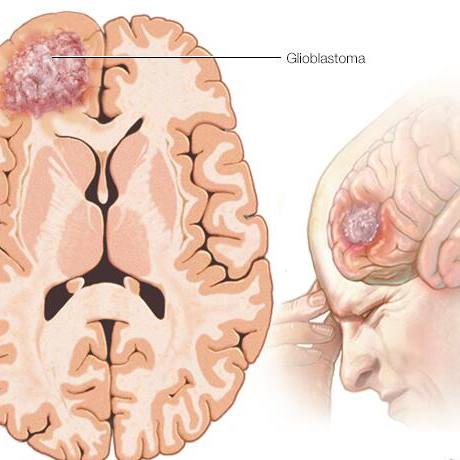-
Cancer
Mayo Clinic Q and A: Many women diagnosed with breast cancer don’t have signs or symptoms
 DEAR MAYO CLINIC: Is breast cancer always accompanied by a lump?
DEAR MAYO CLINIC: Is breast cancer always accompanied by a lump?
ANSWER: Breast cancer is not always accompanied by a lump. Many women diagnosed with breast cancer never have any signs or symptoms, and their cancer is found on a screening test, such as a mammogram. Among women who experience warning signs, a lump in the breast or underarm area is the most common red flag. However, as a recent study illustrates, some women will discover their cancer because they’re experiencing other, less common signs and symptoms.
In a presentation at the 2016 National Cancer Research Institute conference, British researchers noted that, among more than 2,300 women they studied who were diagnosed with breast cancer, 83 percent sought medical attention because they found a lump. For the other women, different signs and symptoms alerted them that something was wrong, including nipple abnormalities, such as discharge or a nipple that turned inward; breast-related pain; nonbreast-related pain, such as back pain; and unintentional weight loss.
Breast cancer also can cause changes in the skin of the breast, or nipple and areola, such as dimpling and pitting (similar in appearance to an orange peel), thickening, reddening, scaling, itching or swelling — with or without a lump. Depending on the symptoms, these changes may be attributed to rarer cancers, such as Paget’s disease of the breast or an unusual but aggressive form of breast cancer known as inflammatory breast cancer.
Breast cancer also can cause a skin rash that looks similar to mastitis — an infection of the breast tissue that most often affects women who are breastfeeding. If you find a new rash or breast redness, and you are not breastfeeding, that should be evaluated by your health care provider. If you are breastfeeding and experience persistent redness, that also should be evaluated.
It’s worth noting that breast changes, including lumps, often turn out to be noncancerous (benign). In addition, many women’s breasts change slightly over the course of a month. That is particularly true as they go through their menstrual cycles, when breasts tend to become more tender or lumpier. These changes, called fibrocystic changes, often involve the entire breast. The tenderness and lumpiness, which goes away after the menstrual cycle, is not associated with cancer. Breast tissue also changes as women age, becoming less dense over time.
The British study mentioned above also found it took women with signs and symptoms that didn’t include a lump longer to seek care than it did for women who found lumps. That said, it’s a good idea to become familiar with how your breasts normally feel, so that you can alert your health care provider to any changes and have the changes evaluated if they don’t resolve within a few weeks. (adapted from Mayo Clinic Health Letter) — Dr. Lonzetta Neal, Breast Diagnostic Clinic, Mayo Clinic, Rochester, Minnesota







